Features of caring for perennial echinacea, planting and reproduction rules
Among plants for open ground, Echinacea stands out for its ease of care, beauty and numerous beneficial properties.
Description of the plant
Echinacea is a herbaceous perennial of the Astrov family. Depending on the species, the size can range from several tens of centimeters to two or more meters. The wide leaves are oval and jagged at the edges. Chamomile-like flowers of white, pink, purple, yellow, raspberry, orange, salmon and even greenish color appear around mid-July and delight in bright shades until mid-September.
There are about 10 plant species in the Echinacea genus. Most often, the following 3 species are grown in summer cottages.
- Echinacea (rudbeckia) purple - the owner of large flowers with a diameter of about 12 cm This perennial plant has a large number of double and simple varieties of different colors. Some representatives reach a height of 2 m 20 cm, there are babies no more than 45 cm tall.
- Echinacea strange (paradoxical) attracts attention with its bright yellow flowers. It can reach 80 cm and is actively used in landscape design.
- Sunset is a hybrid of purple and paradoxical echinacea with large fragrant flowers of exquisite colors and a strong branching stem.
New varieties of Echinacea are gaining popularity. You can find drought-resistant varieties, specimens of an interesting purple color or with flowers that look like furry hemispheres.
The plant contains a large amount of essential oils, tannins, macro- and microelements. Decoctions and tinctures of purple echinacea have antiviral and wound-healing effects. In folk medicine, the juice obtained from flowers is used to treat wounds, a decoction of the roots is used for chronic fatigue and colds, and a tincture of fresh flowers is used to combat depression and overwork. The pharmaceutical industry produces drugs based on purple echinacea.
Echinacea-based preparations are not recommended for pregnant and lactating mothers prone to allergies, as well as in the presence of certain diseases.
Reproduction
Young specimens can be obtained both by seed and vegetative methods.
- Division of the bush.
The flower can be grown in one place for up to 5 years, then it is transplanted. At this time, it is advisable to separate the overgrown bushes of perennial echinacea. Work is best carried out in April, at the beginning of the growing season, on specimens older than 4-5 years. You can split a large echinacea bush in the fall, during the fall. In this case, it is better not to delay the procedure so that young specimens have time to take root well before frost.
The bush is carefully dug up. Echinacea strips with 3-4 renewal buds are disconnected from the mother bush and planted in a new area. When planting, the root collar is not deepened, it should not be below ground level.
- Seed reproduction method.
You can sow echinacea seeds directly into open ground or pre-grow seedlings.
Sowing directly on the flower garden is carried out no earlier than mid-April, when the temperature reaches +13 degrees. In the southern regions, Echinacea can be sown in late autumn, then the seedlings will appear in early spring. Large seeds are placed in moist soil to a depth of about 0.5 centimeters and lightly sprinkled with soil.
Because of the unstable spring weather, it is safer to first grow seedlings, and then transplant the matured plants outside.This option is especially relevant in areas with cold springs and short summers.
For seedlings, seeds are sown in February or March in boxes or containers to a depth of about 0.5 cm. A substrate is prepared from sand, compost and garden soil in a ratio of 1: 1: 2 as a soil. It is better not to use a ready-made peat-based soil mixture for echinacea: it inhibits the germination of seed. The seeds are deepened 0.5 cm into the ground, lightly sprinkled with soil and moistened with a spray bottle. The containers are kept at a temperature of about +13 degrees.
Young shoots germinate for a long time, even at the optimum temperature, you need to wait 1-1.5 months. Planting is regularly watered and loosened. In the open ground, the matured seedlings are transferred at the end of May, having previously hardened the seedlings.
How to plant echinacea?
Plants grown from seeds are transferred to a previously prepared area, which, since autumn, is freed from weeds and plant residues, fertilized and dug up. Seedlings are placed at a distance of about 30 cm between adjacent specimens. The spacing is adjusted depending on the variety and size of the flower.
Adult echinacea can be purchased in a container or small pot. Such flowers can be planted in open ground throughout the growing season. For planting, a hole is prepared with a depth of about 40 cm.Then it is filled with a third of compost, sand and garden soil in equal proportions. Echinacea is carefully transferred into the planting pit along with a clod of earth. The planting depth is the same as the flower that grew in the pot.
After the work, the flowers are watered, and the soil in the hole is mulched. Echinacea grown from seeds for the first time will bloom in the next growing season, large cuttings and adult bushes from the container can please with flowers in the year of planting.
Growing features
The vagaries of nature rarely harm the health and appearance of a plant, and you can get gorgeous flowers if you follow the minimum care rules.
- Echinacea is the flower of the sun. She will like the bright area, light partial shade is acceptable. When cultivated in shaded areas, the flowers become smaller, they can disappear.
- Prefers neutral or slightly alkaline soil acidity. Echinacea is not very demanding on the composition of the soil, but areas with light sandy soil are not suitable for it. Organic matter is added to such soil, because only on fertile soil can echinacea show all its beauty.
- This is a moisture-loving plant. Needs abundant and frequent watering, especially in the heat. They are best spent in the evening. In rainy weather with a lot of rainfall, it is not necessary to irrigate. When the temperature drops, the number of waterings is reduced.
- Echinacea is fertilized twice a season: at the beginning of the growing season and during the budding period. In the spring, organic fertilizers are used, such as humus or compost. Before flowering, watered with a solution of mineral dressing.
- Weeds are regularly removed, loosening is carried out on the site.
- Around the end of October, the stems are cut. Before the cold weather, the root collar of echinacea is slightly mulched with compost, and covered with a layer of dry leaves on top. This will keep the plant from freezing. A flower without protection can die in regions with low temperatures in winter or in the absence of snow cover.
You can cultivate echinacea from seeds collected by yourself. For reproduction, beautiful inflorescences are chosen, located on healthy specimens. Seeds are harvested from both simple echinacea varieties and terry varieties. In the second case, usually in the first generation, the plants have all the properties of the mother liquor, but in the future they may lose their doubleness and other features.
The collection is carried out in parts, when the core of the inflorescence darkens. The seeds are cleaned of flower remnants after ripening, dried and placed in paper or cloth bags. They try not to store it for a long time, since the seeds of echinacea soon lose their germination.
If there is no need to collect seeds, the inflorescence with part of the stem to the first leaf is cut off after flowering. This will keep the plant vigorous and allow it to bloom.
Diseases and pests
Echinacea is a strong flower with high immunity. Adverse weather conditions or growing errors can provoke disease or lead to problems with parasites.
- Powdery mildew can appear on echinacea during frequent rains in hot summer, with significant temperature changes during periods of high humidity or from an excess of nitrogen fertilizers in the soil. The leaves, shoots and peduncles of the plant are covered with an unpleasant whitish bloom. The fight against a dangerous disease is carried out using colloidal sulfur or Bordeaux liquid.
- Deformation of peduncles, yellowing and drying of leaves can be caused by various viruses. Diseased flowers cannot be saved, they are removed from the site and burned. The place where the sick echinacea grew is disinfected with a saturated solution of potassium permanganate.
- With fungal diseases, spots form on the leaves. Minor damages are removed, sprayed with fungicides, for example "Topaz" or "Fundazol". In case of severe fungal infection, diseased plants are removed to prevent the spread of infection.
Echinacea can be damaged by bedbugs, drooling pennits, snails and slugs... The molluscs are harvested by hand; a large number of gastropods can be fought with traps. Small containers with beer are placed on the ground and covered with slate or boards. From time to time, the covering material is raised and the parasites are collected. Insecticides are used in mass attacks of various pests.
Thanks to the colorful and long enough flowering, echinacea has won the hearts of many flower growers. It is used for growing in gardens and flower gardens separately and in groups with other plants. When cut, Echinacea inflorescences retain their decorative appearance for a long time, therefore they are actively used to create charming bouquets.
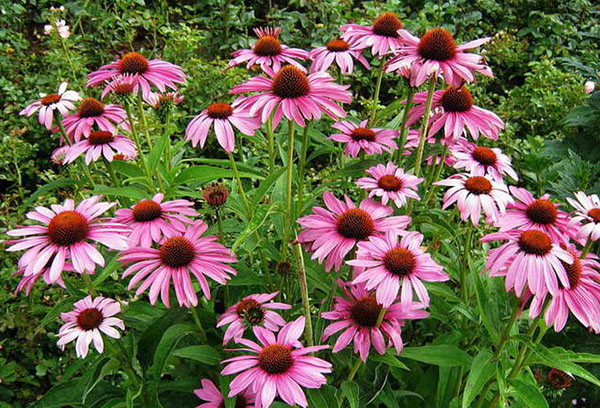
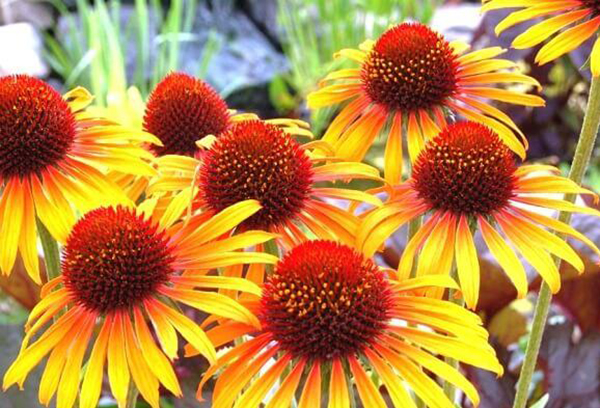
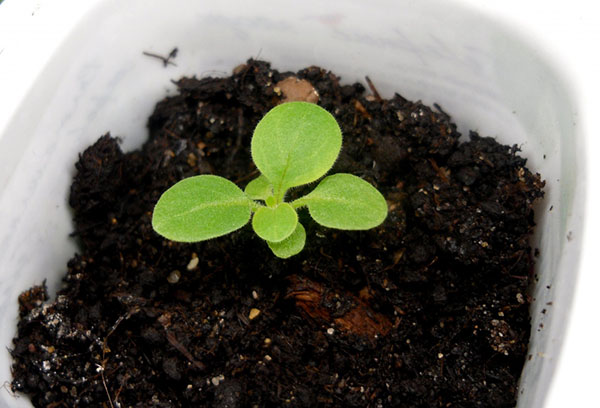
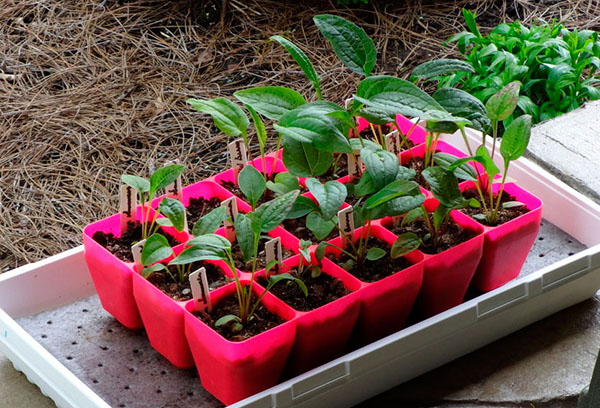
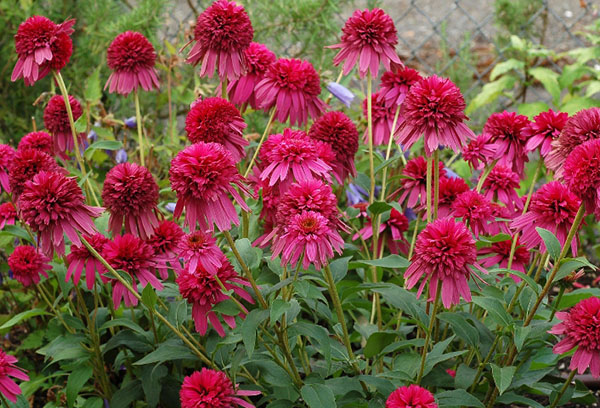
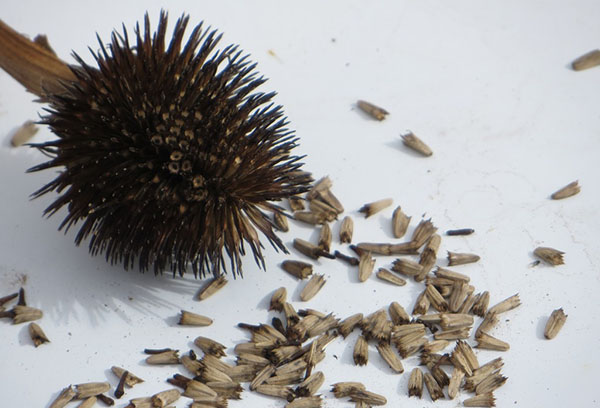
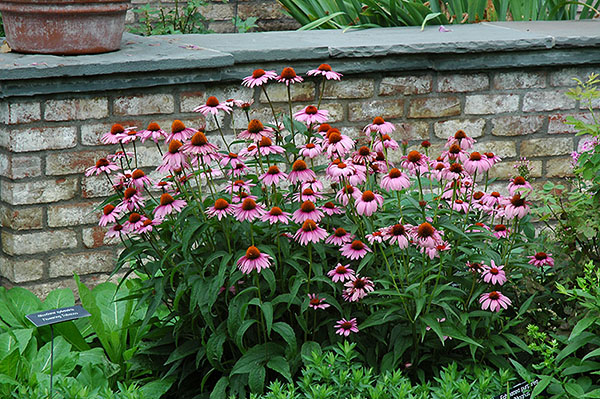
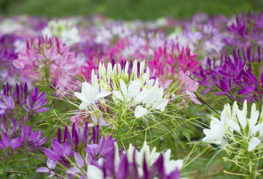
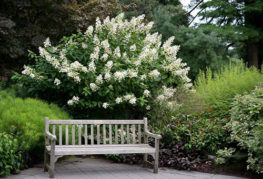

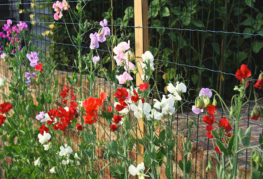
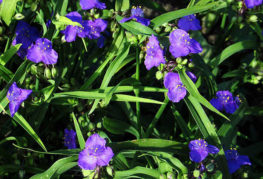
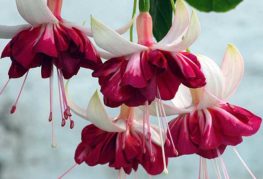
and will be published shortly.